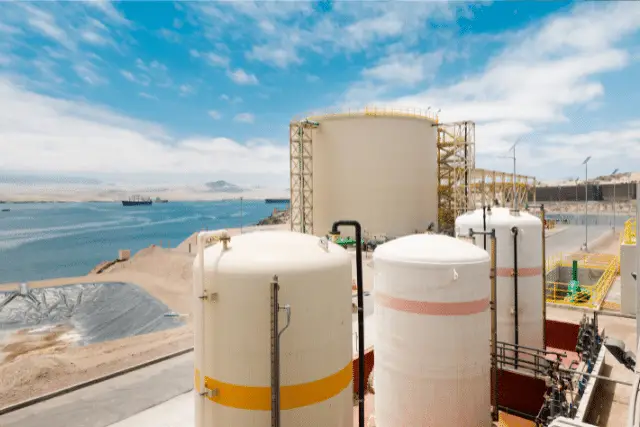To say desalination has no known negative impacts on the environment is a myth. Desalination can have significant negative impacts on the environment.
The process of desalination, which involves removing salt and minerals from seawater to make it drinkable or usable for irrigation, is not without its environmental challenges.
In this article, we will explore the various environmental impacts associated with desalination and discuss the importance of implementing proper mitigation measures.
Energy Consumption
One of the most significant environmental impacts of desalination is its high energy consumption. Desalination plants require a substantial amount of energy to operate. This energy is often sourced from fossil fuels, leading to increased greenhouse gas emissions. The carbon footprint of desalination processes can be substantial, especially in regions where renewable energy sources are not widely used.
The reliance on fossil fuels not only contributes to climate change but also depletes non-renewable energy resources.
To mitigate this impact, it is crucial to invest in renewable energy sources such as solar, wind, or geothermal power for desalination plants. By doing so, we can reduce the carbon footprint and make the desalination process more sustainable in the long term.
Marine Life Disruption
Desalination plants can have a detrimental effect on marine life. The intake and discharge of seawater by these plants can harm marine organisms in several ways.
Impingement and Entrainment
When seawater is drawn into a desalination plant, it can trap (impinge) larger marine organisms like fish and crustaceans against intake screens. Smaller organisms, such as plankton and fish larvae, can be drawn into the plant’s systems (entrained), where they are often killed. This disruption can have cascading effects on the local marine ecosystem, affecting food chains and biodiversity.
Brine Discharge
Another significant environmental concern is the discharge of concentrated brine back into the ocean. Brine is the highly saline byproduct left over after the desalination process. If not properly managed, this discharge can increase the salinity levels of the surrounding seawater, creating a hyper-saline environment that many marine species cannot tolerate. This can lead to the degradation of marine habitats and the loss of biodiversity.
To address these issues, desalination plants must implement advanced intake and discharge technologies. For example, the use of fine mesh screens can reduce impingement, while diffusers can help disperse brine more effectively, minimizing its impact on marine ecosystems.
Habitat Destruction
The construction and operation of desalination plants can lead to habitat destruction, particularly in coastal areas. Coastal ecosystems are often rich in biodiversity and serve as critical habitats for various species. The development of desalination infrastructure can lead to the loss of these habitats, negatively impacting local flora and fauna.
Coastal Development
Building desalination plants typically involves significant coastal development, including the construction of intake and discharge pipelines, access roads, and other infrastructure. This development can destroy sensitive habitats such as mangroves, salt marshes, and coral reefs, which are vital for maintaining ecological balance.
Operational Impacts
During operation, desalination plants can also produce noise and light pollution, further disrupting local wildlife. Additionally, the maintenance of these plants may require the use of chemicals, which can leach into the surrounding environment and cause further harm.
To minimize habitat destruction, it is essential to carefully select sites for desalination plants and use environmentally friendly construction and operational practices. Environmental impact assessments should be conducted to identify potential risks and develop strategies to mitigate them.
Conclusion
While desalination provides a valuable solution for addressing water scarcity, it is not without its environmental challenges. The process can lead to high energy consumption, disruption of marine life, and habitat destruction. Therefore, it is important to consider these potential negative impacts and implement proper mitigation measures to minimize harm to the environment when engaging in desalination projects.
Investing in renewable energy, adopting advanced intake and discharge technologies, and carefully planning the location and construction of desalination plants are critical steps toward making desalination a more sustainable practice. By addressing these issues, we can ensure that desalination contributes to water security without compromising the health of our planet’s ecosystems.

